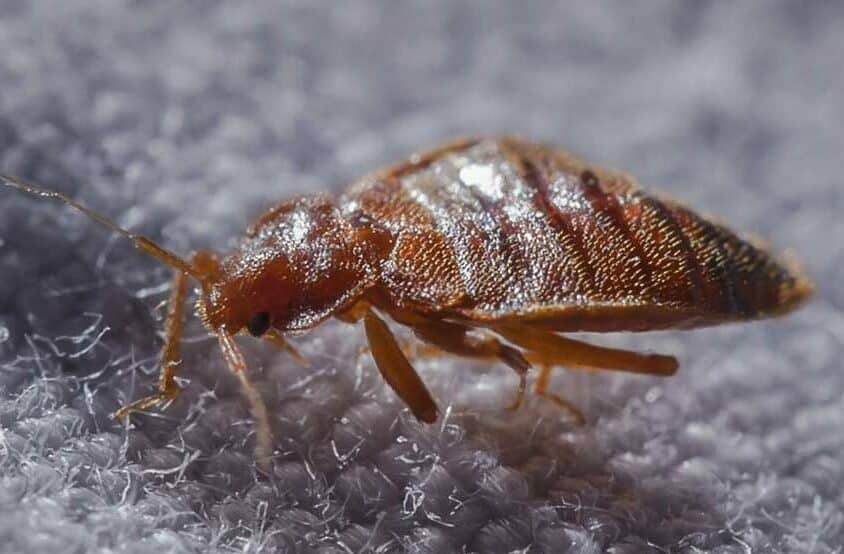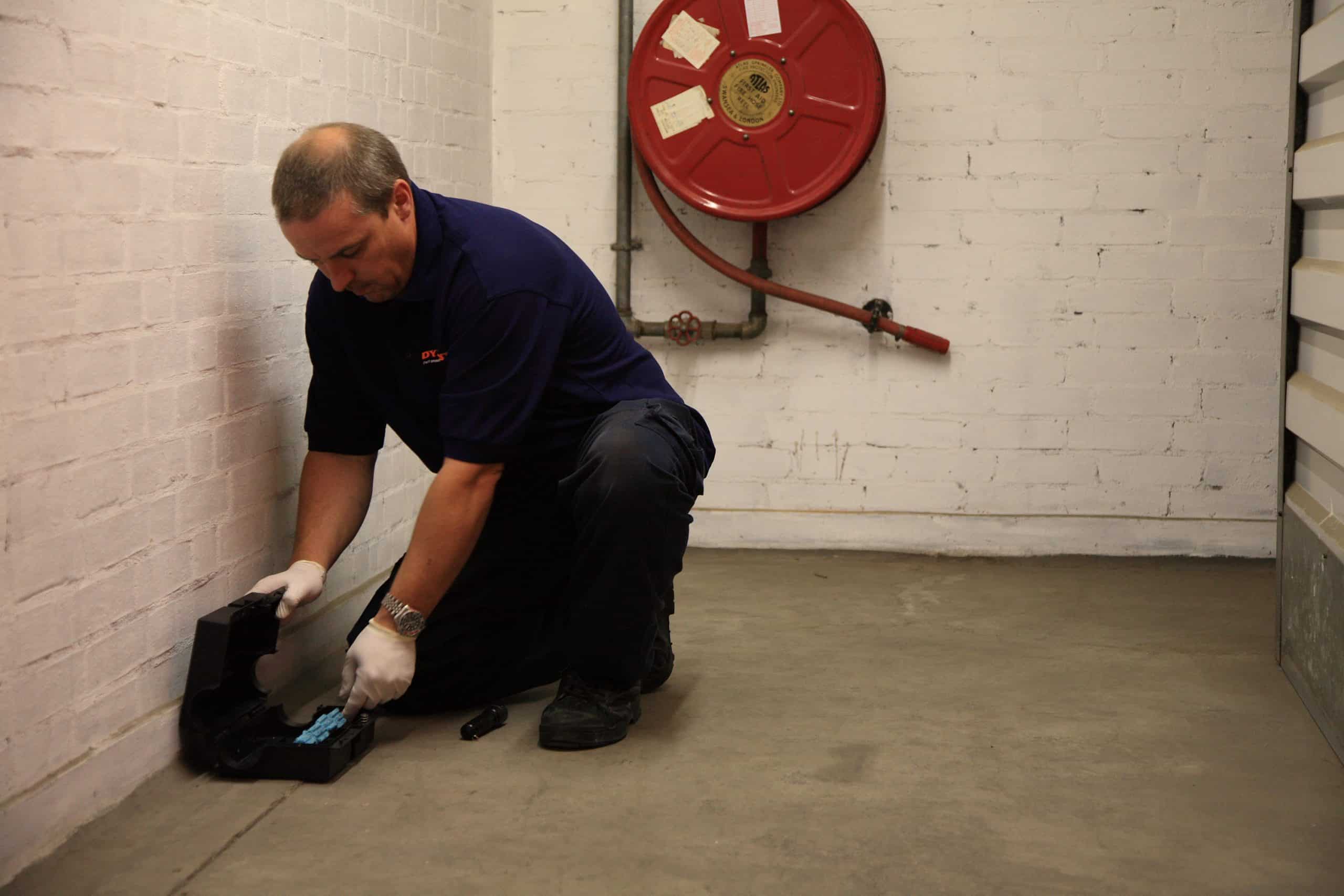Bedbugs are hardy, unpleasant bugs that can spread rapidly from bedding, pillows and mattresses to carpets, upholstery, and curtains, even the clothing in your wardrobes and drawers. They live and breed in the cracks in your skirting boards, the crevices in your bed, in your power sockets and underneath your carpets quite happily for several months whilst they breed.
Getting rid of them using a DIY approach is not easy and therefore you should be prepared to repeat the processes we recommend below several times if you’re to be certain the bedbugs and their eggs have gone – down to the last egg. If any insect or egg is missed the bed bugs will return within weeks and may actually spread further within the property or building.
The success of a DIY approach will to a large extent depend on the extent of the bedbug infestation in your home; how early into the infestation you notice bedbugs and, how many rooms they have spread to. It is sometimes possible to eradicate an infestation using a DIY approach at the early stages of the infestation if you are very thorough.
If you have noticed bedbugs in other rooms or they’re prolific in one bedroom (you notice them in many different places in the room) it is advisable to talk to a bed bug pest control company with experience and expertise in eradicating widespread bedbug infestations using professional grade treatments. This is because you are likely to be fighting a losing battle with the bedbugs.
Cleaning infested areas; what must be done
Bedbugs are hard to see. Their eggs even more so. To successfully treat an infestation, you must start by thoroughly cleaning the areas that are infested. They are likely to be more than you initially think. This means:
- Taking all bed linen, towels, and undergarments to your washing machine/laundrette in sealed bags so that no bedbugs drop on the floor whilst you’re doing this. This should be washed at least 60 degrees Celsius or dry cleaned if appropriate.
- Curtains, cushion covers, and throws should be washed (if suitable)or dry cleaned in the same manner. Do not collect dry cleaned items until after the treatment has taken place. If this is not possible store them in an unaffected room in your property.
- All clothes in the room including coats and accessories should be washed or dry cleaned again using bags to prevent the spread of bedbugs. These will need to be stored away from the room for the same reasons outlined above.
- Vacuuming both sides of your mattress several times in one go. This includes going deep into the buttons and seams on your mattress and doing likewise with your divan, headboard, under bed drawers and any joins in the bed frame.
- Moving your bed to a different part of the bedroom so you can vacuum the area under the bed several times. Then continue to vacuum the entire room. You will need to inspect carpets on the underside and any underlay for bedbugs. Vacuum these areas too including the gaps between the skirting board and floorboards and the gripper rods. You may decide that a professional clean of your carpet is preferable.
- Wiping down all skirting boards with an antibacterial spray.
- Using vacuum attachments to clean all the woodwork, freestanding, and built-in furniture, around sockets, light switches, light fittings, windows, and cracks.
- Ensuring all ornaments/books /files and folders etc that are usually kept in the affected areas are inspected for signs of bedbugs and are damp wiped or cleaned as is appropriate and placed in bags/boxes or stored in another room.
- Removing any paintings/other wall hangings. Check for signs of bedbugs, front back and side, damp wipe and store in bags.
The process of cleaning the room should be repeated least twice over two days before you begin the DIY treatment. Please do this for every room where you suspect there may be a secondary infestation.
Helpful tip…
Make sure that immediately after vacuuming you empty the full canister into an outside bin. Wipe down your vacuum, checking all areas for bedbugs, especially the rotor brushes, nozzles, and tools. You don’t want to introduce the bedbugs to another room via your vacuum cleaner.
When to freeze…
Freezing clothing, soft furnishings and soft toys for a period (usually 4 weeks) will kill any bedbugs. However, it is desirable to have a large chest freezer for this. You can vacuum pack items before freezing which takes up less room. This may be not possible, but it is in option to consider.
What DIY treatments can you use to kill bedbugs?
- You are generally restricted to chemical only sprays over the counter. Accredited pest control companies such as Dyno-Pest use a range of non-chemical treatments including heat treatment, specialist steam cleaners, sniffer dogs and early detection systems in addition to chemicals.
- When applying the insecticide follow the instructions to the letter and ensure the room is well ventilated and that you wear appropriate safety clothing for your face, hands, and body. You must always wear a mask and make sure it is the correct type suitable for spraying or dusting harmful chemicals. Your health is at risk if you ignore your protection.
- Do not let anyone, but especially children and pets, elderly or frail family members into the treated room until all the treatments have been applied and the residual odour has vanished.
- Because bedbugs are becoming increasingly resistant to over-the-counter chemical treatments you may need to repeat the clean- and -spray process 3 or 4 times at intervals recommended in the instructions. Inspecting in between should tell you if this is necessary. Do not underestimate how difficult it is to remove all bed bugs. Just because they are not easily visible does not mean they are not still hiding somewhere.
Be aware it is a painstaking process if you are to succeed at purging your home of bedbugs. You may want to weigh up the cost of doing this with the likelihood of the treatment working. Don’t hesitate to contact us for help and advice on how to get rid of bedbugs.





